
The Rise of Kissing Bugs
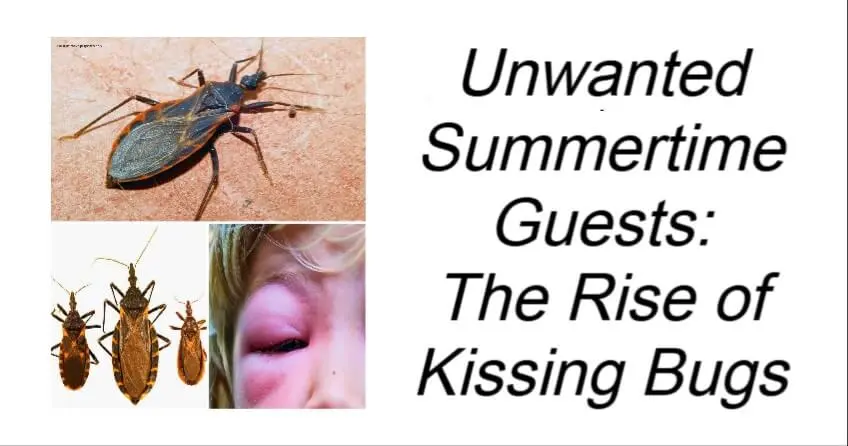
Summertime is often associated with sunshine, picnics, and long evenings outdoors. Unfortunately, it’s also the season when pests thrive — from mosquitoes and ticks to a lesser-known but potentially dangerous insect: the kissing bug. Although not as familiar as other summer pests, kissing bugs can pose significant health risks, including the transmission of a serious illness known as Chagas disease. Understanding how these insects live, where they hide, and how to prevent exposure is essential for keeping your family and pets safe.
What Are Kissing Bugs?
Kissing bugs, also called triatomines, are nocturnal blood-feeding insects that prey on both humans and animals. During the day, they conceal themselves in dark, secluded areas — behind walls, under porches, or inside animal nests — emerging only at night to feed.
What makes them particularly sneaky is their saliva, which contains an anesthetic compound. This numbs the skin at the bite site, allowing the insect to feed for several minutes without being noticed. Because they are drawn to the carbon dioxide people exhale, kissing bugs often bite near the mouth, eyes, or cheeks — hence the nickname “kissing” bugs. Clusters of small bites on the face may be the first clue that these insects are nearby.
Though they usually live in wooded or rural areas, kissing bugs can easily enter homes through small cracks, torn screens, or gaps near windows and doors. Once indoors, they may hide in mattresses, pet bedding, or piles of clothing.
Kissing Bugs and Chagas Disease
The main reason kissing bugs are concerning is their ability to spread Chagas disease, a parasitic infection caused by Trypanosoma cruzi. This disease is common in parts of South and Central America and Mexico, but cases are now appearing more frequently in the southern United States.
According to the Centers for Disease Control and Prevention (CDC), roughly 8 million people in Latin America are infected with Chagas disease. In the U.S., most cases are found in Texas, Arizona, and other southern states, though climate change and increased travel may expand the bugs’ range northward in the coming years.
How to Identify Kissing Bugs
Kissing bugs can be mistaken for harmless insects such as stink bugs or assassin bugs, but they have a few clear identifying traits:
-
Long, flat, oval-shaped body with six legs
-
Cone-shaped head and long, straight antennae
-
Color ranges from light brown to dark black, often with red, yellow, or orange markings along the edges
-
Typically about one inch (2.5 cm) long, roughly the size of a penny
If you find an insect matching this description inside your home, avoid crushing it. Instead, trap it in a container with rubbing alcohol or freeze it for proper identification.
Symptoms of Kissing Bug Bites
Because the bites are usually painless, many people don’t notice them until later. When symptoms do appear, they often include small, clustered red marks near the lips, eyes, or cheeks.
For most, the reaction is mild, but some individuals may experience itching, swelling, redness, or even localized allergic reactions. Antihistamines or topical creams can help relieve discomfort. In rare cases, people develop more severe symptoms such as welts, hives, or difficulty breathing, which may require urgent medical care.
Health Risks: Understanding Chagas Disease
The true danger lies not in the bite itself but in the feces of the kissing bug, which may contain the T. cruzi parasite. Infection occurs when contaminated feces enter the body through a break in the skin or through the eyes or mouth — for example, if someone touches their face after being bitten.
Phases of Chagas Disease:
-
Acute Phase (First Few Weeks)
Symptoms may be mild or go unnoticed. Common signs include fever, fatigue, body aches, swollen glands, and a rash. In some cases, swelling around one eye (known as Romaña’s sign) can appear — a hallmark of early infection. -
Chronic Phase (Months to Years Later)
After the acute stage, the infection may become dormant but persist in the body. Many people remain asymptomatic for years. However, around 20–30% eventually develop serious complications, including heart rhythm abnormalities, heart enlargement, or digestive issues such as an enlarged esophagus or colon.
Treatment Options
When detected early, Chagas disease can be treated effectively with antiparasitic drugs like benznidazole or nifurtimox. These medications are most effective during the acute phase and are available in the U.S. through the CDC. Once the disease becomes chronic, treatment focuses mainly on managing symptoms and preventing further complications. Early medical evaluation after a suspected exposure is therefore essential.
Preventing Kissing Bug Infestations
Prevention is the best defense. Here are some practical ways to reduce the risk of encountering kissing bugs:
-
Repair or replace damaged window and door screens.
-
Seal cracks, gaps, and wall openings around your home.
-
Keep your yard clean — remove leaf piles, wood, rocks, and debris that can harbor insects.
-
Reduce outdoor lighting near sleeping areas, as lights attract bugs.
-
Use insecticide-treated bed nets or curtains, especially in high-risk areas.
-
Keep pets indoors at night and check their bedding regularly.
-
If you find a kissing bug, do not crush it — this can release the parasite. Instead, safely collect it and disinfect the area with rubbing alcohol or a bleach solution.
When to Seek Medical Attention
You should contact a healthcare provider if:
-
You live in or have traveled to an area where kissing bugs are found and notice unexplained bites, especially on the face.
-
You experience severe allergic reactions after a bite.
-
You develop flu-like symptoms (fever, fatigue, body aches) in the days following a bite.
-
You suspect an infestation inside your home.
Final Thoughts
Kissing bugs may not be as well-known as mosquitoes or ticks, but their potential to spread Chagas disease makes them a growing concern. While not every kissing bug carries the parasite — and not every bite results in infection — understanding the risks and taking proactive preventive steps can greatly reduce your chances of exposure.
By maintaining a pest-proof home, monitoring pets, and seeking medical advice when necessary, you can protect yourself and your loved ones from this hidden summertime threat. Awareness and prevention remain the most powerful tools against these stealthy insects.
News in the same category


The Best Foods to Cleanse and Prevent Clogged Arteries
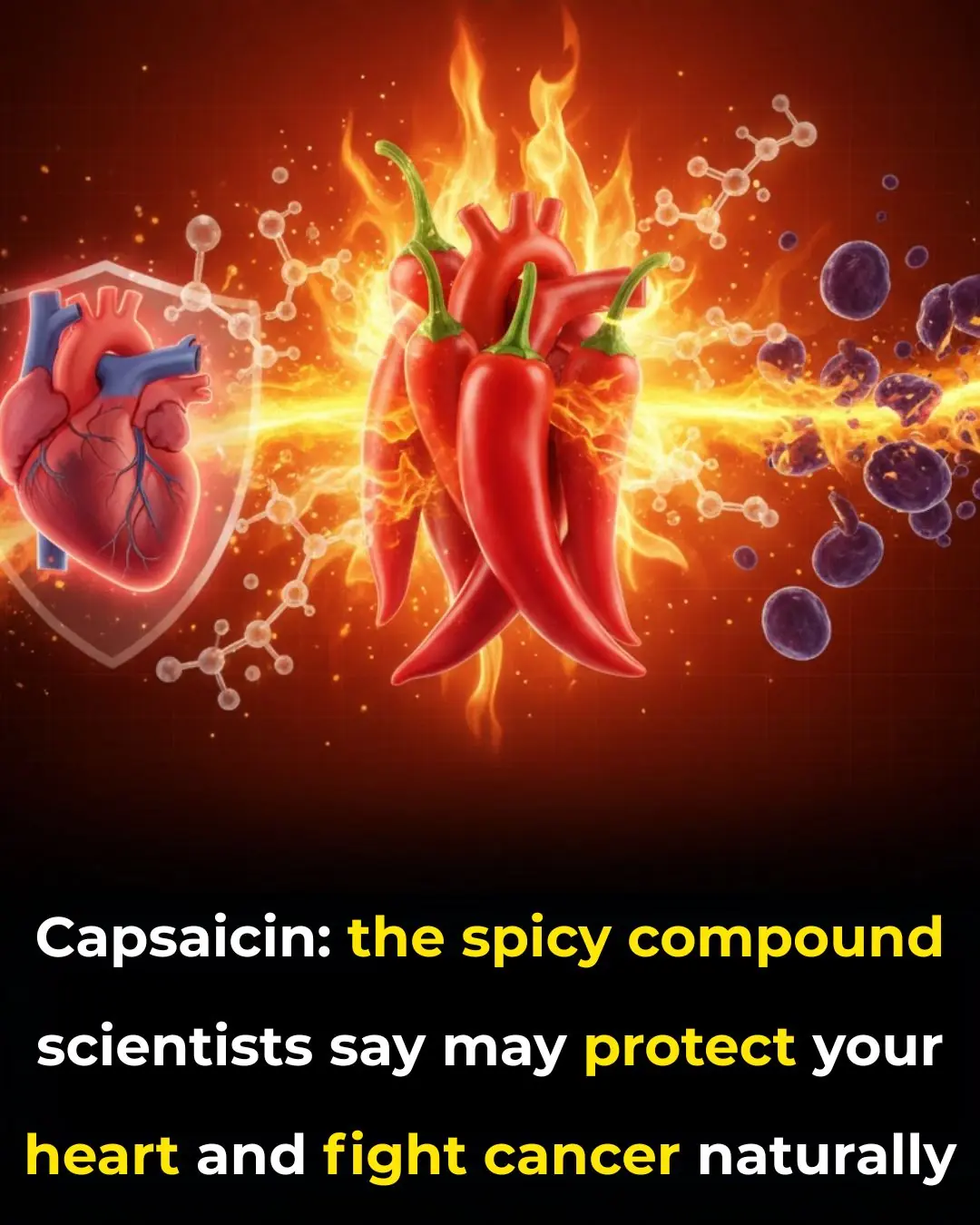
Capsaicin Stops Heart Attacks And Destroys Cancer Cells

17 Signs Your Body Is Too Acidic And 9 Ways To Quickly Alkalize It
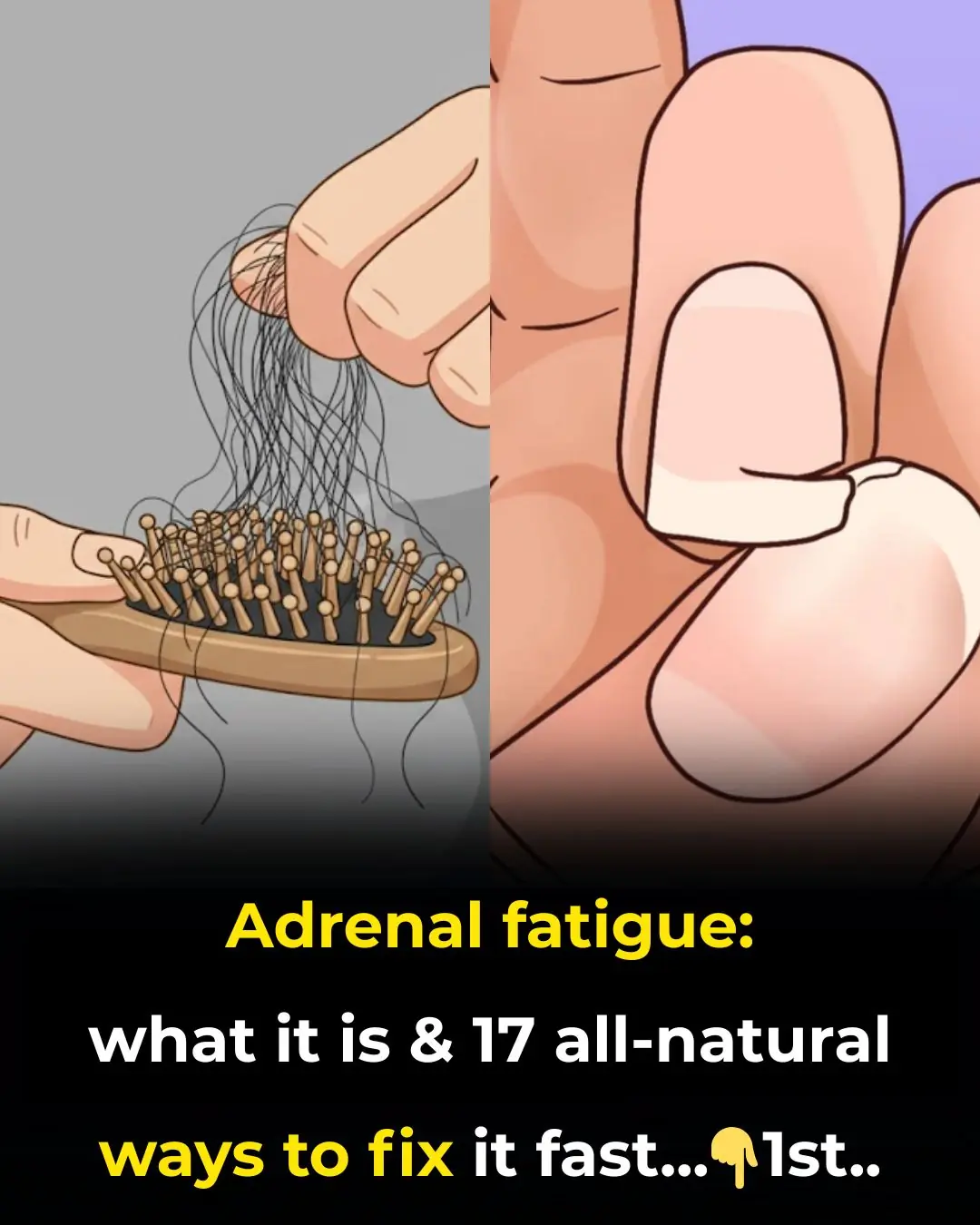
Adrenal fatigue: what it is and 17 all-natural ways to fix it fast

Colon Cleansing With Kefir and Flaxseed Meal

Apple extract kills colon cancer cells better than chemotherapy drug

12 surprising foods that help dissolve blood clots naturally

5 Best Water Benefits You Should Know
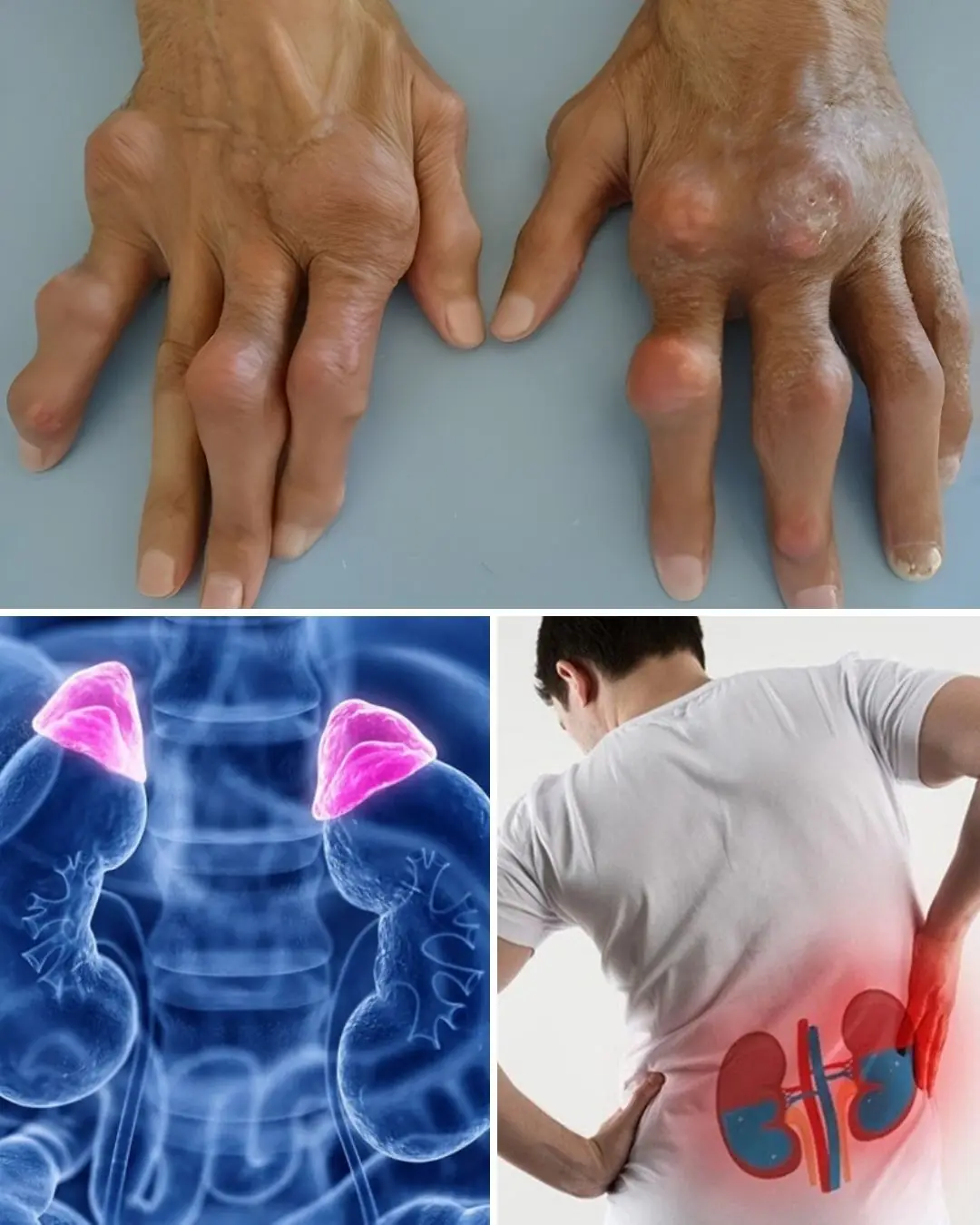
The Link Between Gout and Kidney Disease: What You Need to Know
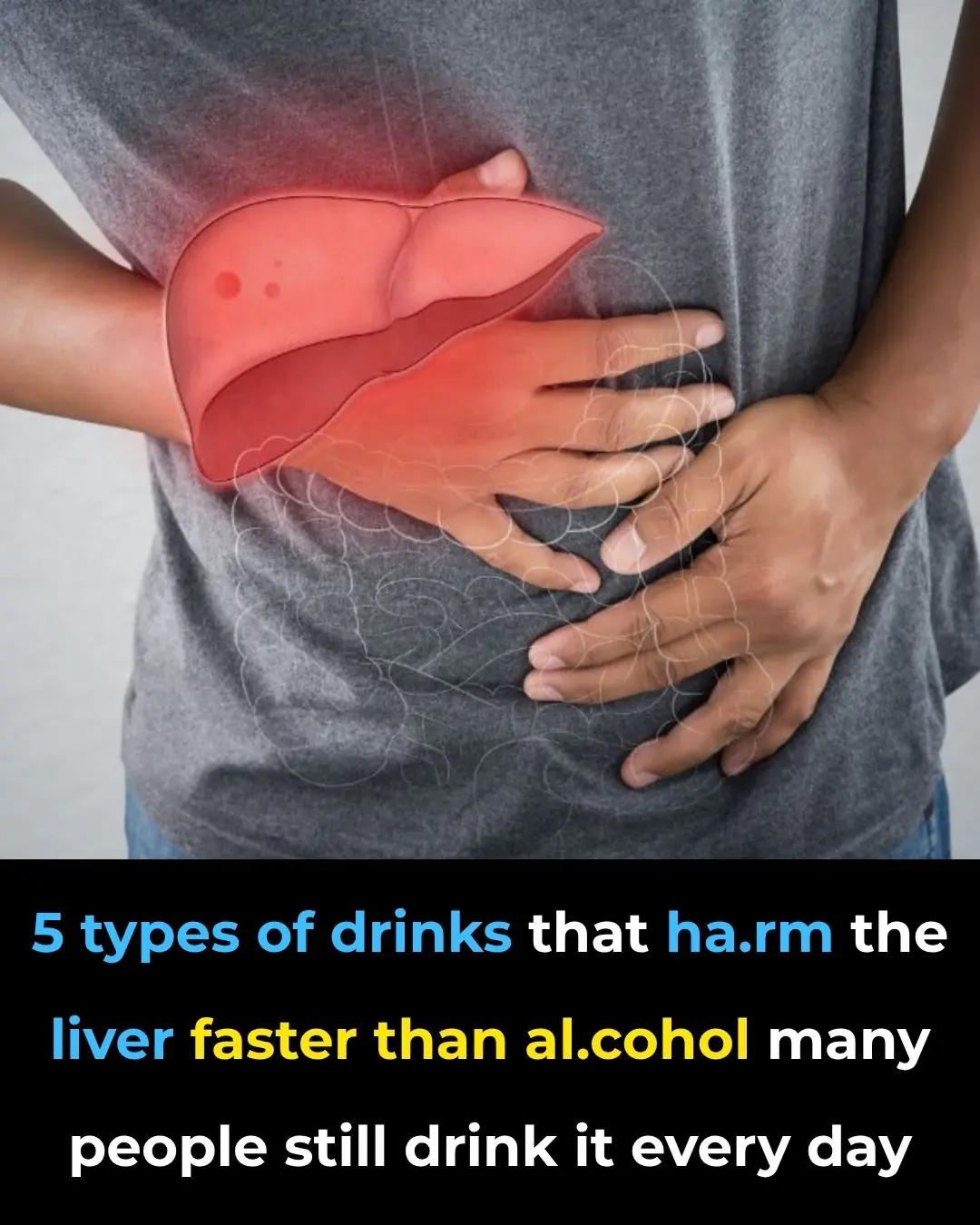
5 Common Drinks That Can Damage Your Liver Just Like Alcohol
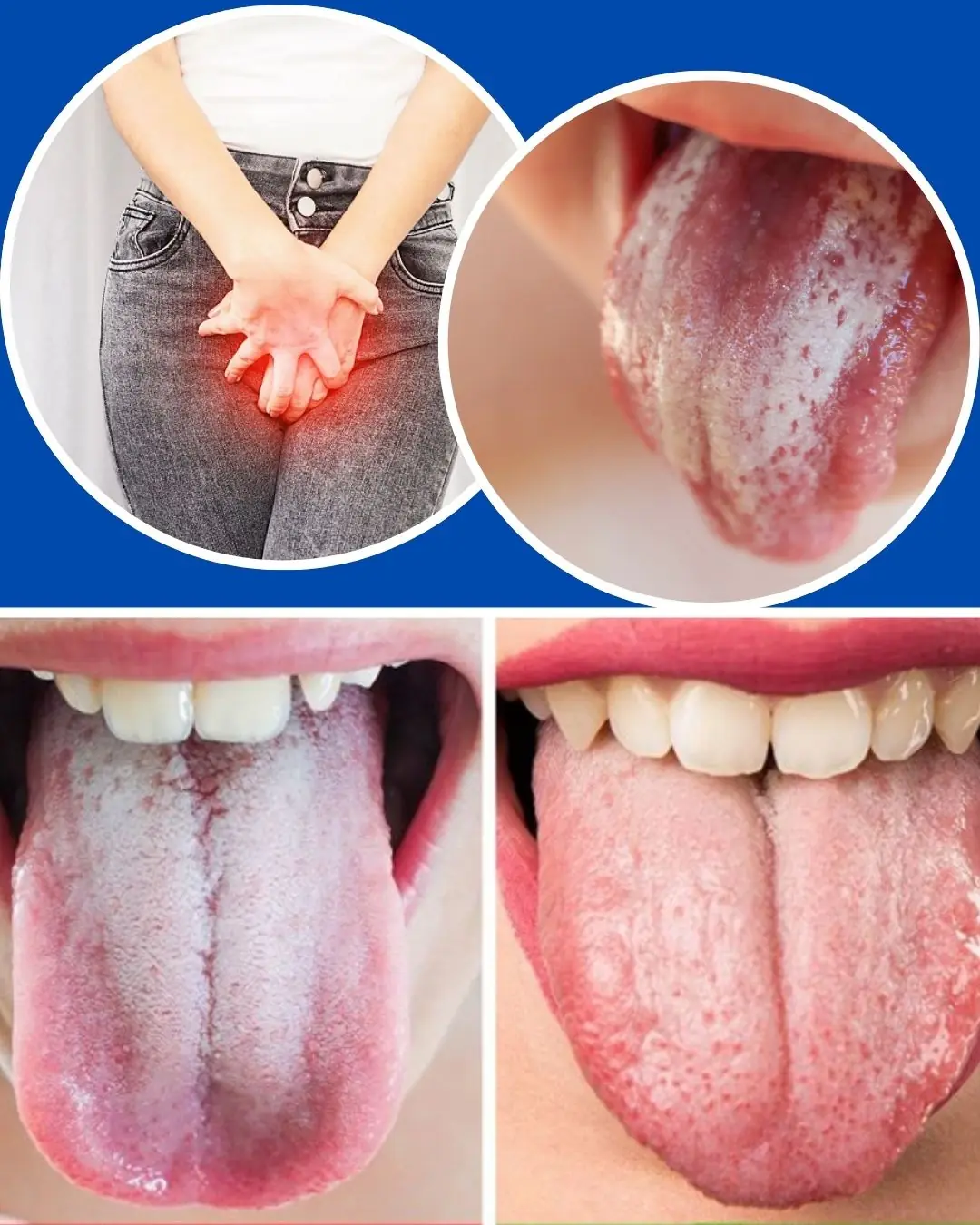
Listen to Your Tongue: 11 Subtle Health Messages It Sends Health June 11, 2025 Updated: June 11, 2025
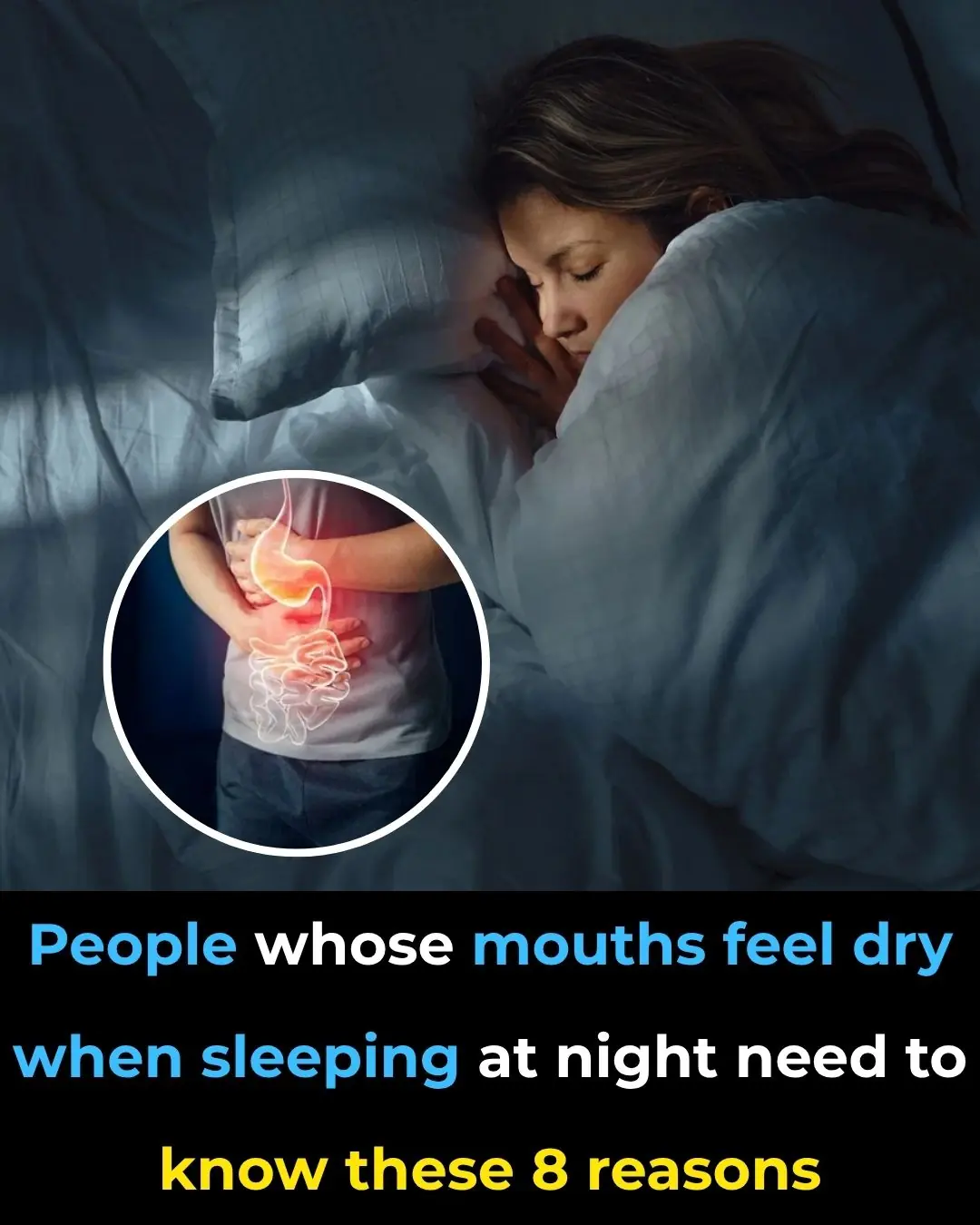
If your mouth feels dry at night, here are 8 reasons why
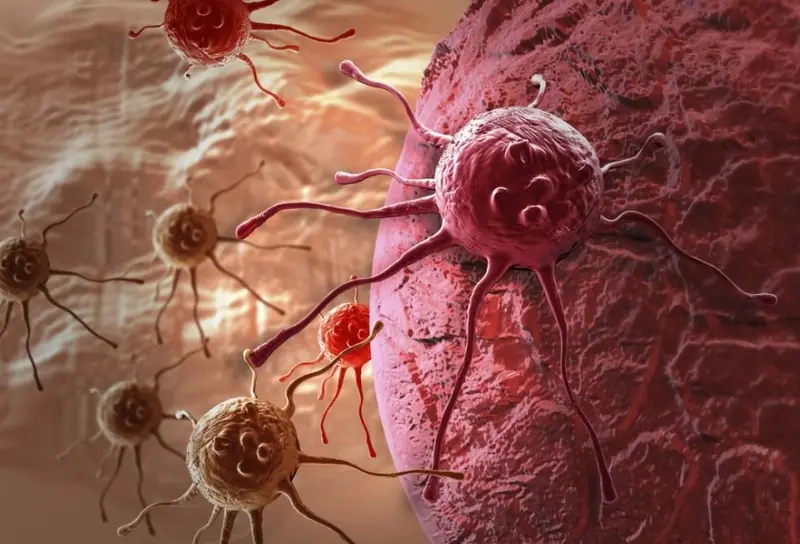
Two itchy areas on the body could be a sign of liver cancer — but many people mistake it for an allergy
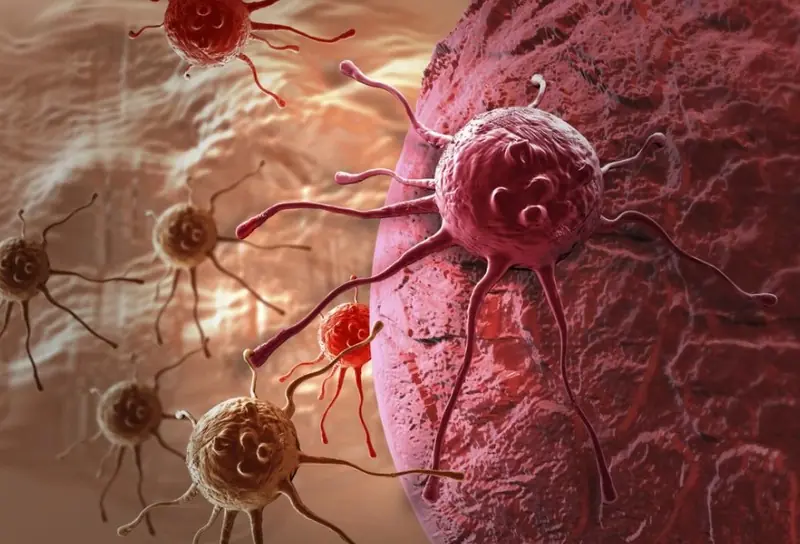
GOOD NEWS: The U.S. Has Successfully Tested a 'Miracle Drug' That Destroys 70 Types of Cancer
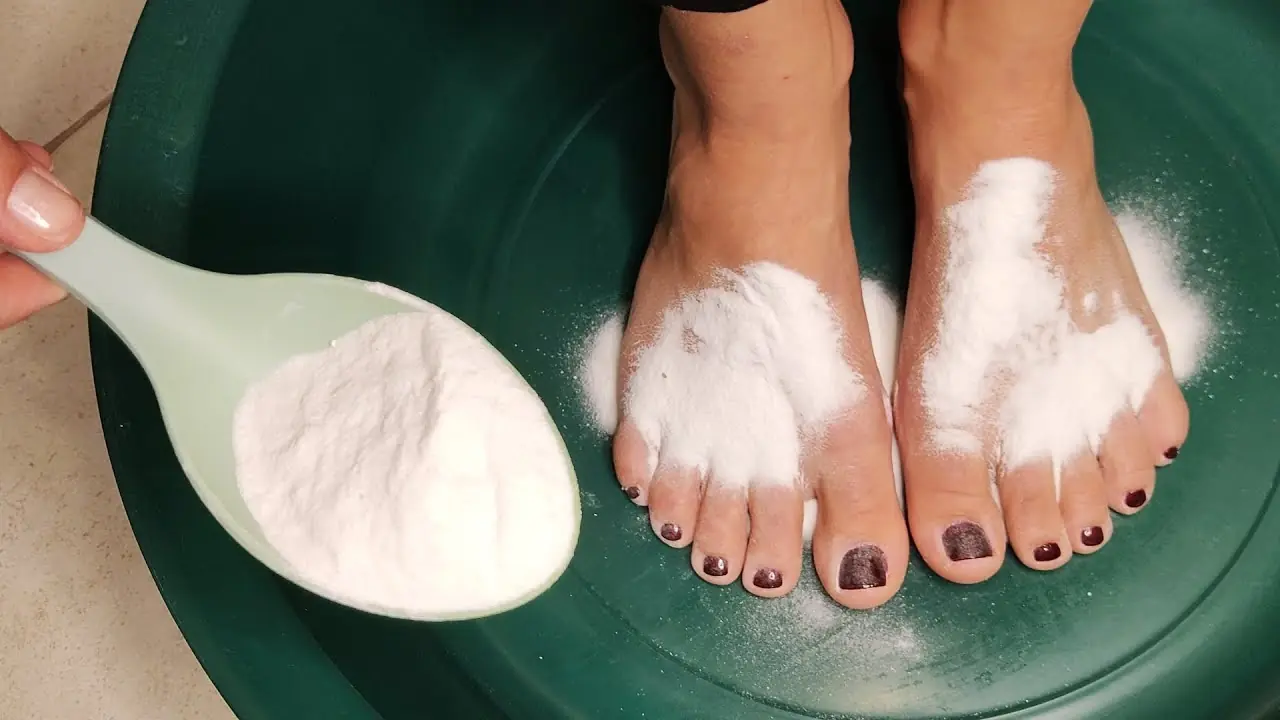
Say Goodbye to Dead Skin on Your Feet with These Simple Natural Remedies

Sleeping Trick? Why Sticking One Foot Out Actually Works
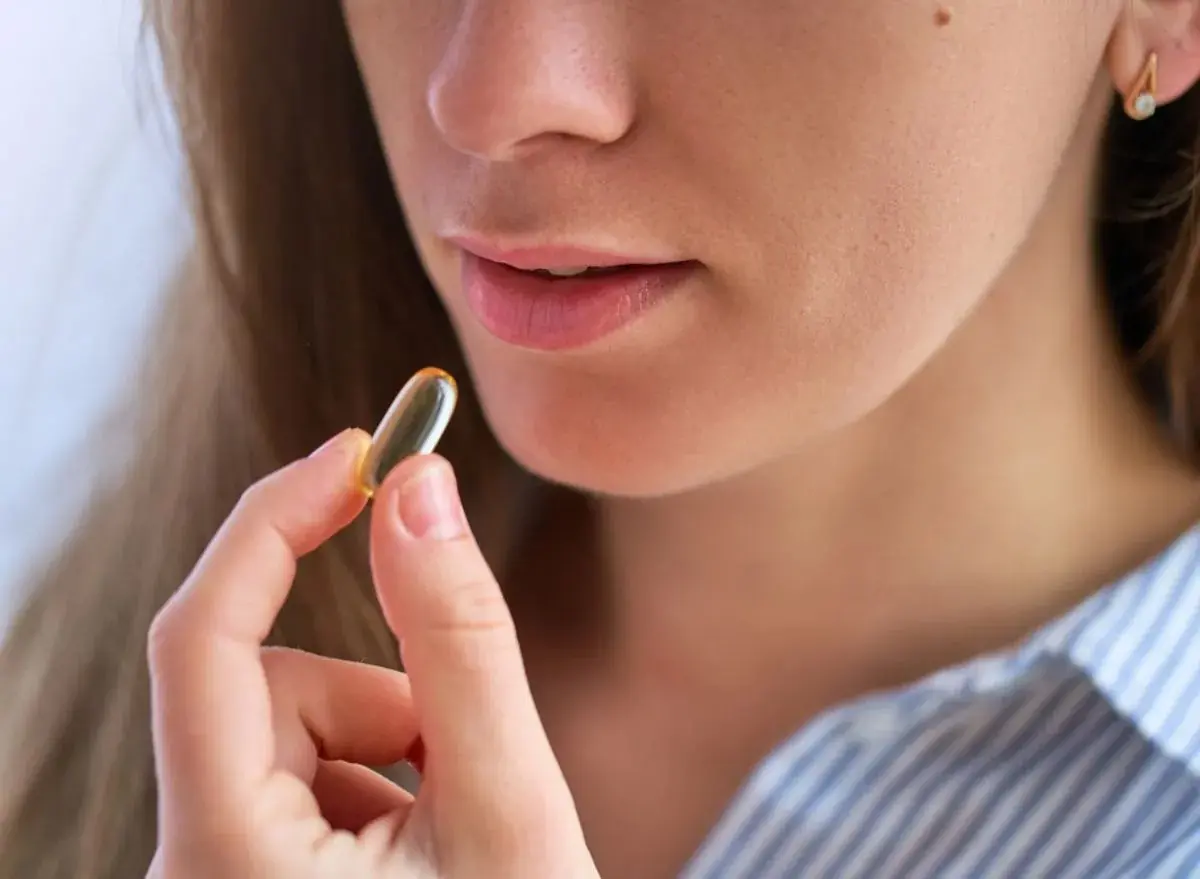
12 Urgent Warning Signs That You’re Not Getting Enough Vitamin D
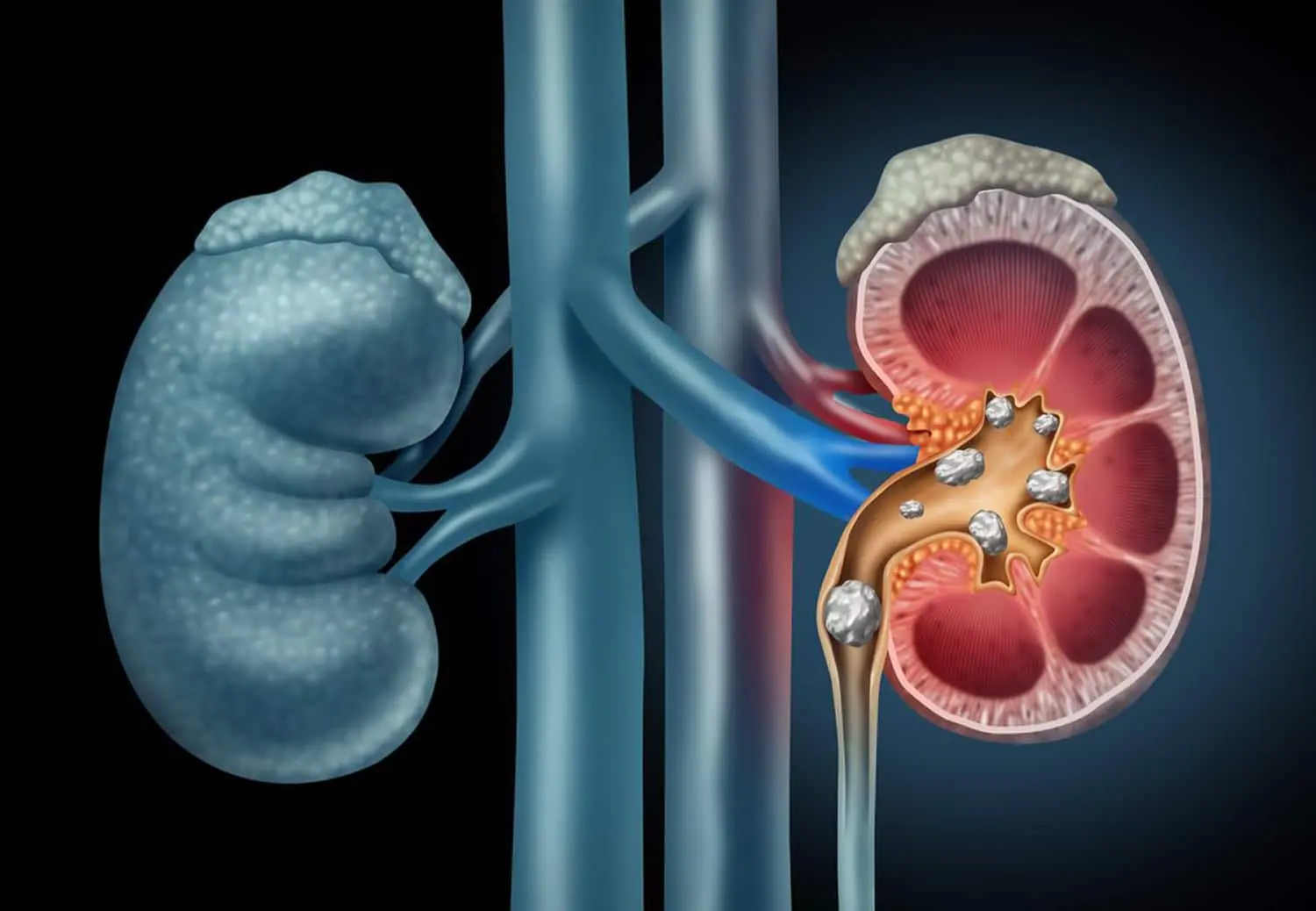
Top 10 Signs of Kidney Problems You Absolutely Must Be Aware Of
News Post

26-Year-Old Entrepreneur Makes History As Owner Of First Black Woman-Owned Tequila Brand In Texas

Michelle Obama & Brother Craig Robinson to Launch New Podcast Giving Their Opinions on Everyday Life

Lori Loughlin Could Get Nothing From 1997 Prenup That Shields Designer Husband’s $100M Fortune

Willie Flanigan and the Gift of a Simple, Perfect Day.

A Cart Full of Kindness: When a Stranger Paid It Forward.

20-Year-Old Man Suffers Acute Kidney Failure After Eating 30 Grilled Oysters — Doctors Reveal the Shocking Cause
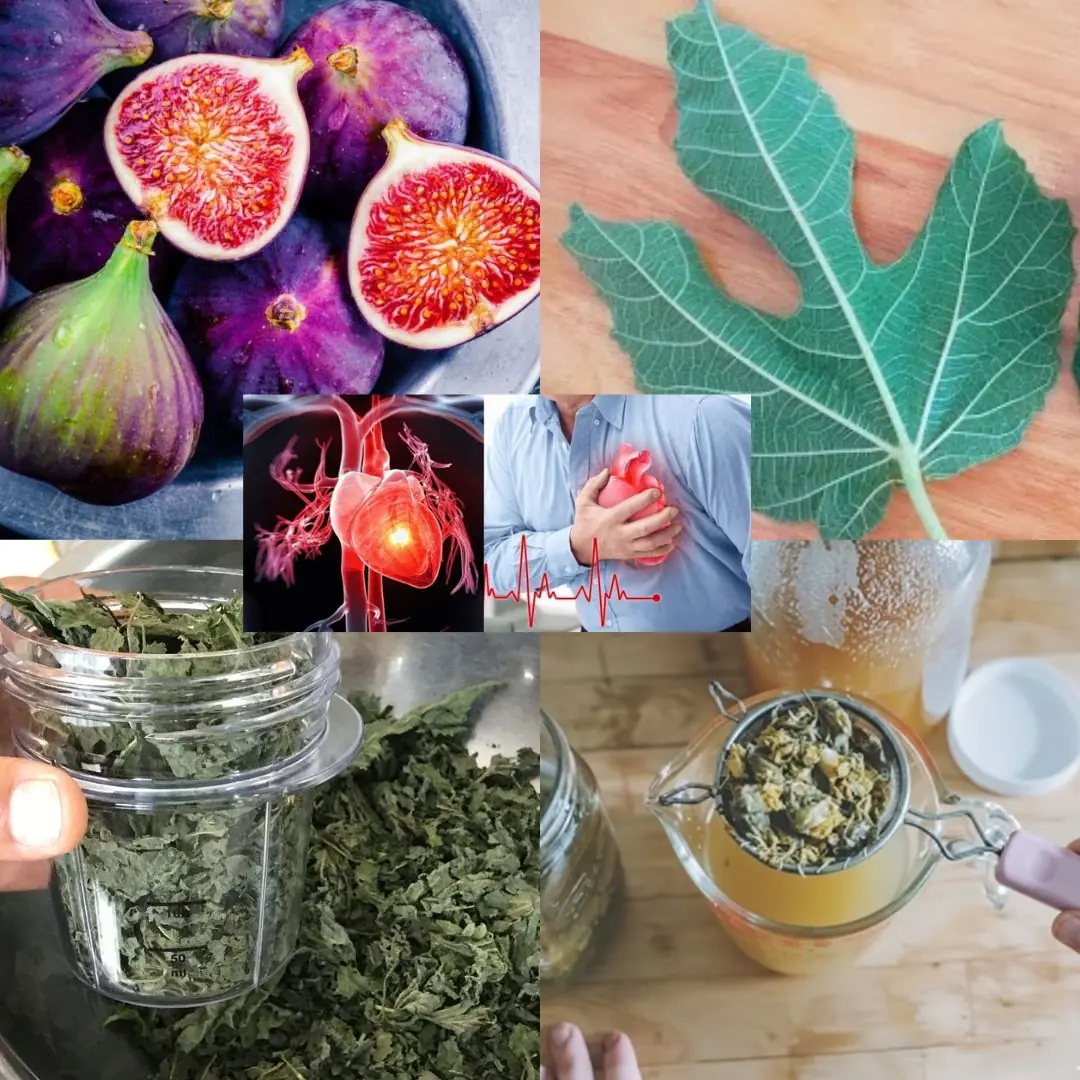
Fig Leaves: Surprising Benefits and Uses

How to Clean Moldy Refrigerator Gaskets — Sparkling Clean in Just 5 Minutes

The Whale That Carried History In Its Neck For Over 100 Years

Denver Bans the Sale of Dogs, Cats, and Rabbits, Paving the Way for More Shelter Adoptions

Medicinal Health Benefits of Turmeric, Curcumin and Turmeric Tea Based on Science

The Best Foods to Cleanse and Prevent Clogged Arteries

Capsaicin Stops Heart Attacks And Destroys Cancer Cells

17 Signs Your Body Is Too Acidic And 9 Ways To Quickly Alkalize It

Adrenal fatigue: what it is and 17 all-natural ways to fix it fast

Colon Cleansing With Kefir and Flaxseed Meal
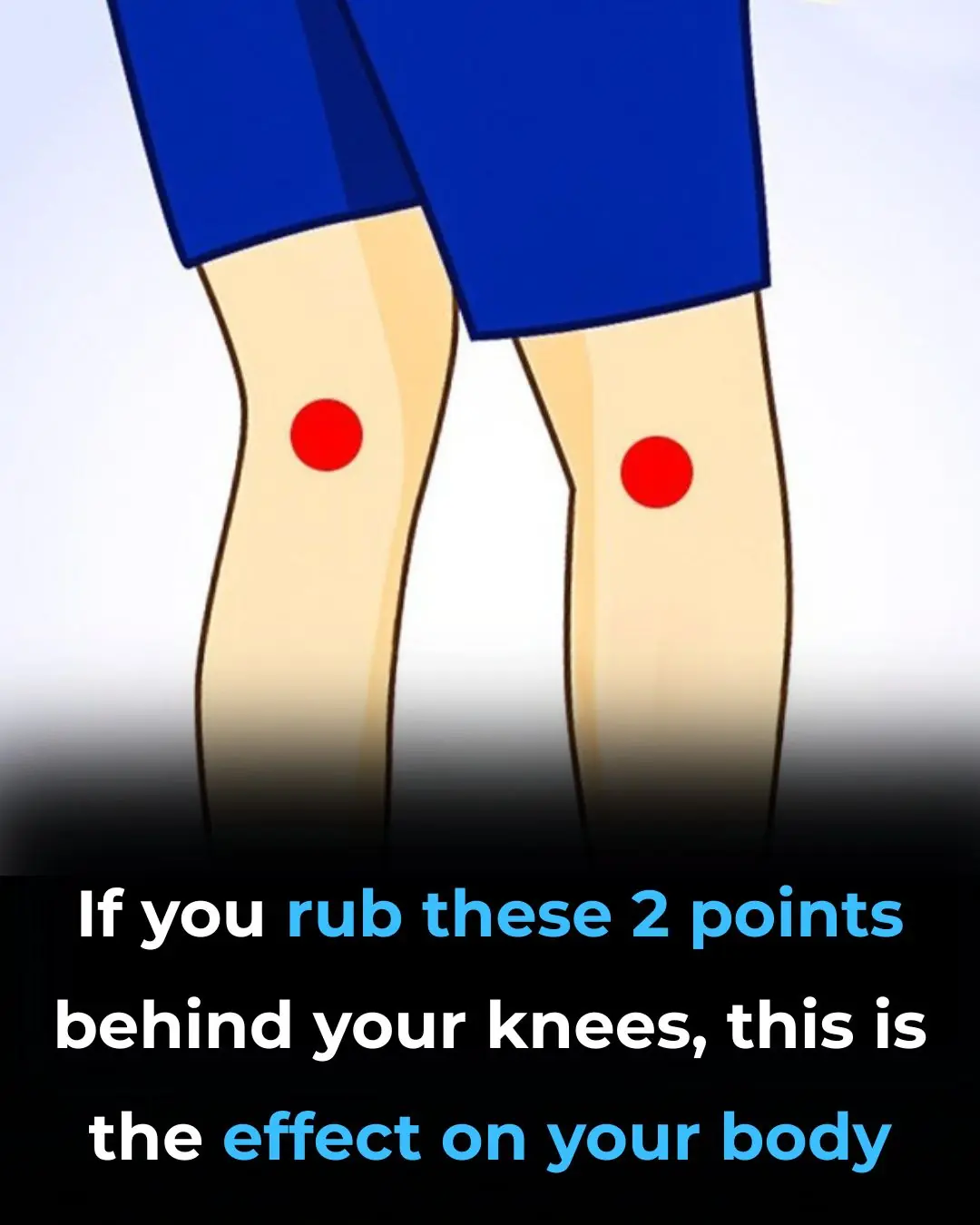
If you rub these 2 points behind your knees, this is the effect on your body

Apple extract kills colon cancer cells better than chemotherapy drug

12 surprising foods that help dissolve blood clots naturally
